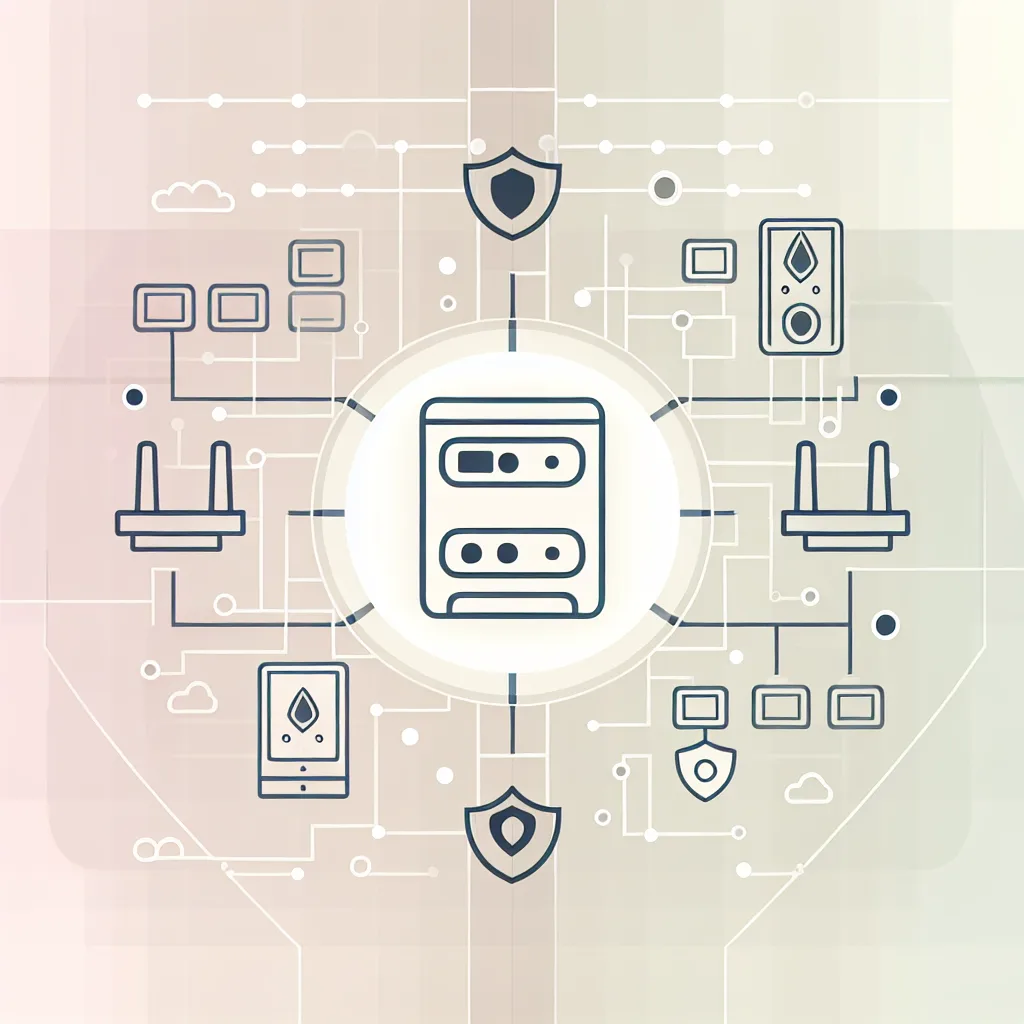Explore easy tips and tools for effective network monitoring and security in your home lab
If you’re diving into the world of home networking, especially with a few public services exposed, understanding network monitoring is key to keeping your setup safe. I’ve been there too—wondering how to know if someone is poking around my services without jumping headfirst into complex setups like VPNs or VLANs.
Let’s talk through network monitoring basics and what you can do to watch over your network security without making it a full-time job.
What is Network Monitoring Anyway?
Network monitoring is simply keeping an eye on the traffic coming in and out of your network and checking that nothing fishy is going on. Think of it as a home security camera but for your digital doors.
When you expose services like media servers or cloud storage (like Jellyfin, Nextcloud, or similar apps), it’s normal to get hit by bots scanning the internet for weak spots. But how do you spot those attempts early?
First Steps: Setting Up Basic Alerts and Logs
You don’t have to be a security pro to track suspicious activity. Start by enabling logs on your router and the services you expose. Logs record who’s trying to connect and when.
Many routers offer basic tools to see connection attempts. For example, the OpenWrt project has solid documentation and tools for network logs and monitoring if you’re using compatible hardware. For typical consumer routers, the dashboard might show failed login attempts or unusual traffic spikes.
Adding a reverse proxy like Nginx Proxy Manager (NPM) helps too. NPM lets you centralize and control access routes to your apps and provides logs that you can review to spot strange patterns.
Help from Tools: Intrusion Detection and Network Analysis
As you get comfortable, using tools like Suricata (an open-source intrusion detection system) or Wireshark to analyze traffic can be eye-opening. These tools highlight unexpected packets or connections and can alert you about potential threats.
For those looking for something user-friendly, there are also network monitoring systems like PRTG Network Monitor or Zabbix which offer dashboards and alerting capabilities.
Beyond Monitoring: What Else Can You Do?
- Regular Updates: Always keep your apps, proxies, and router firmware updated. Patching known vulnerabilities is your first line of defense.
- Segment Your Network: While you might not want to set up VLANs, consider at least separating guest devices from your main network to reduce risk.
- Use Strong Passwords: Even without additional authentication layers like Authentik, strong, unique passwords for every service help a lot.
- Limit Service Exposure: Only publish services that need to be public. If it doesn’t have to be accessed from outside, keep it internal.
How to Know When You’re Under Attack
With network monitoring in place, you’ll notice:
– Sudden spikes in traffic or connection attempts
– Multiple failed login attempts in logs
– Unknown IPs trying to connect repeatedly
Some tools can alert you as these events happen so you can react quickly.
Wrapping Up
Network monitoring doesn’t have to be complicated. Starting with logs and basic router tools is a great way to stay aware. As you learn more, dipping into IDS tools and dedicated monitoring apps might make sense.
Remember, the goal isn’t to block every single threat but to be informed and prepared. Keep your services updated, watch your logs, and don’t hesitate to tighten security when you spot something off.
If you want to explore more, check out the official Nginx Proxy Manager docs, the Suricata user guide, and Wireshark tutorials. You can build your security confidence step by step.
Happy monitoring!
